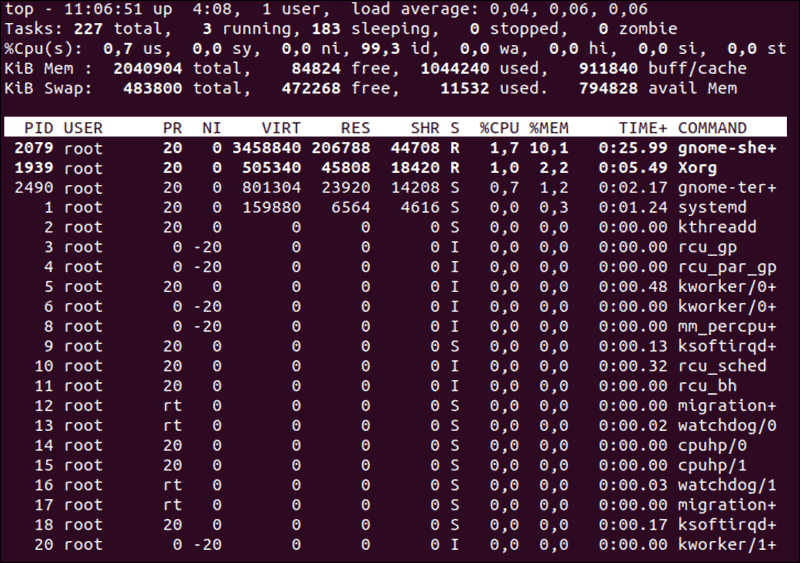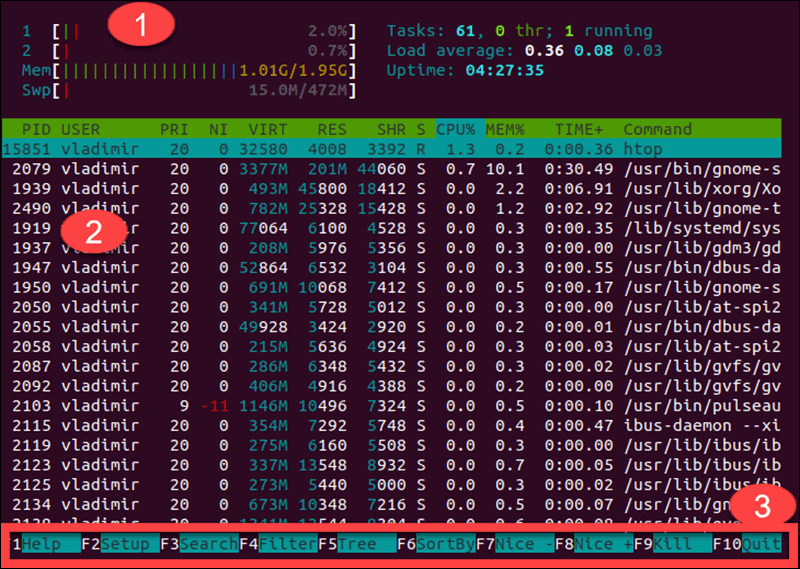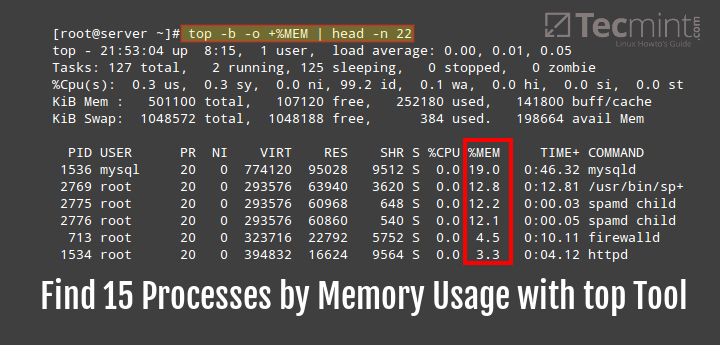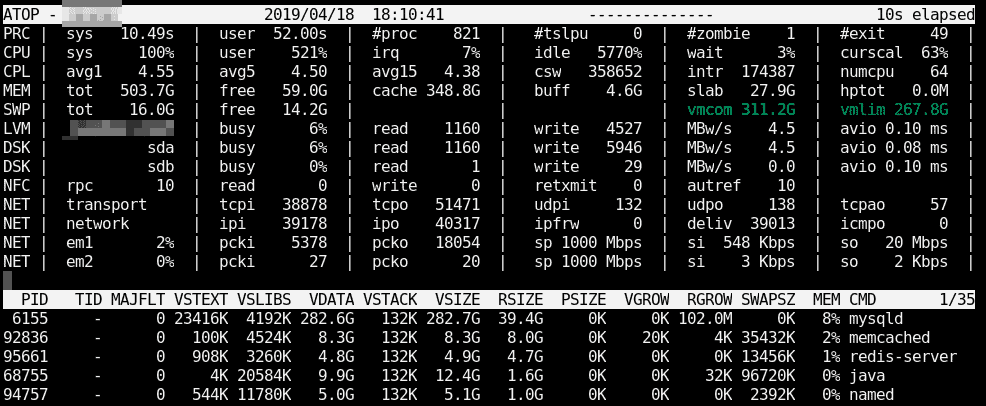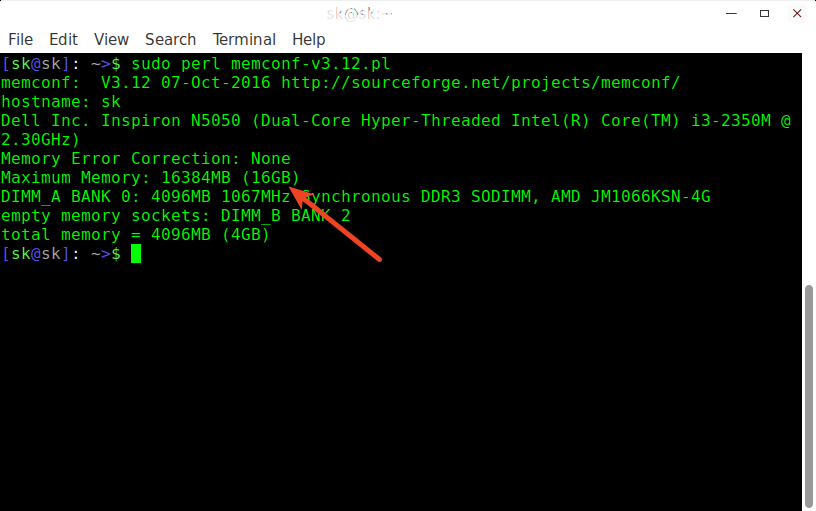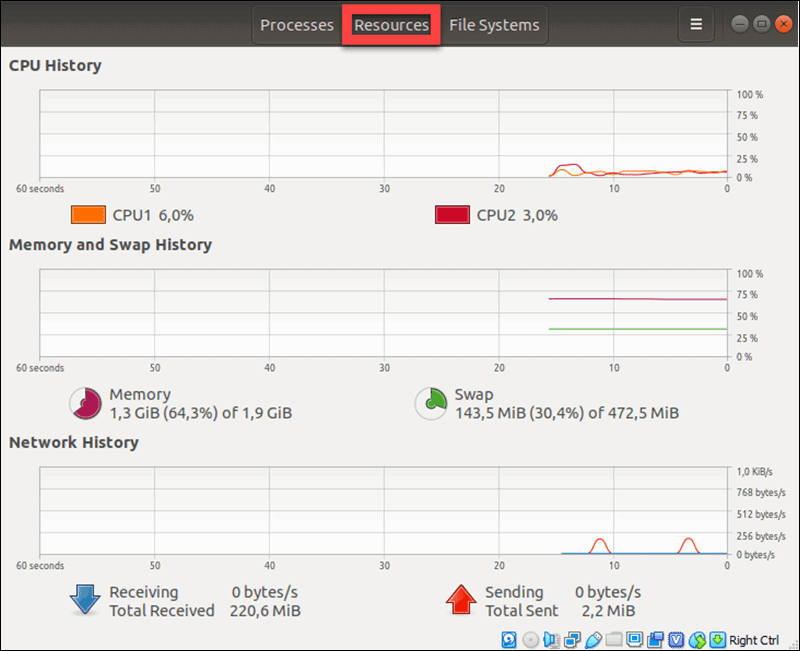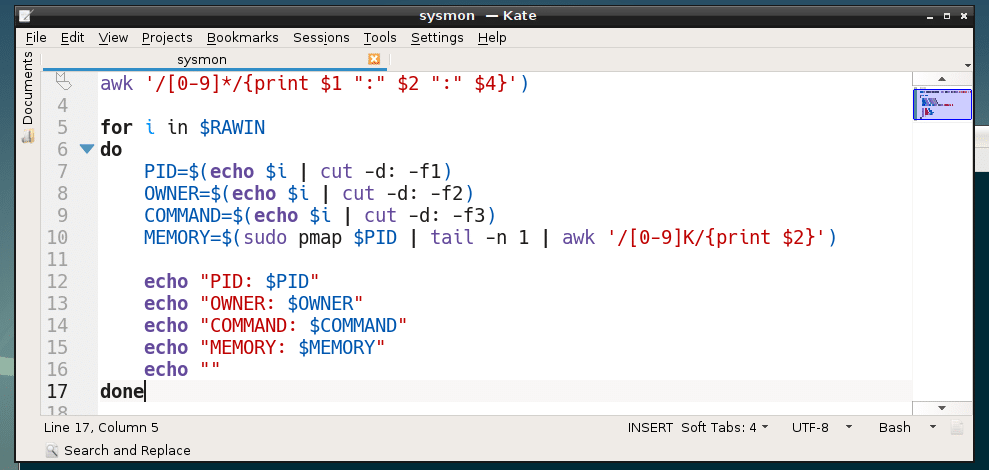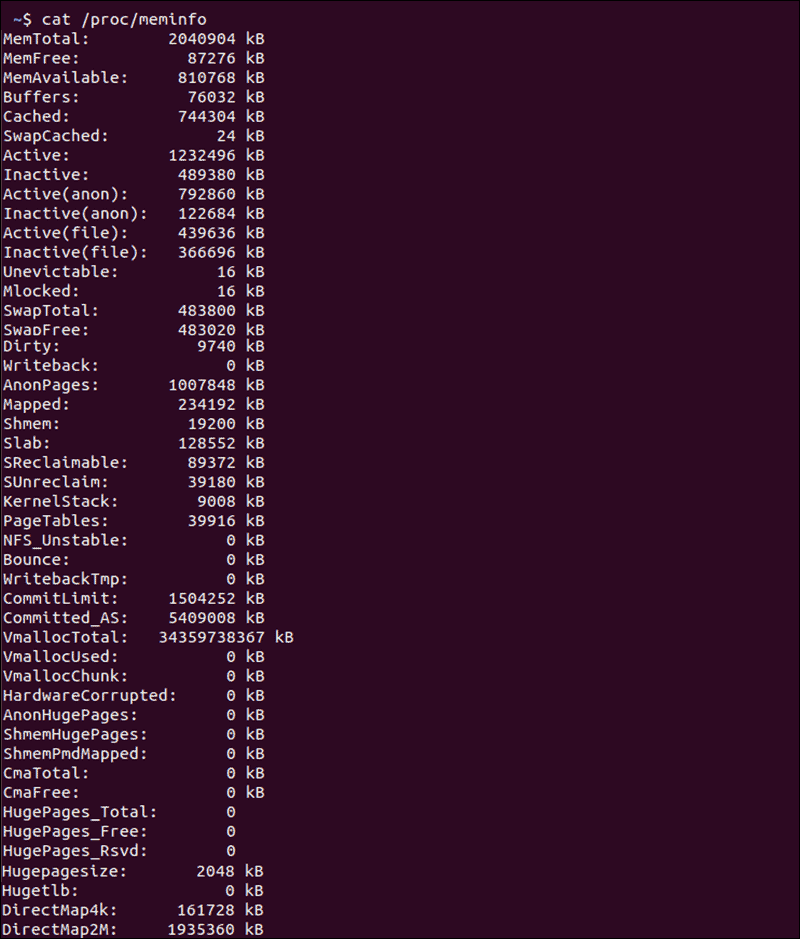Out Of This World Info About How To Find Out Memory In Linux

Check memory usage with top command in linux.
How to find out memory in linux. When you will enter this command. To use this command, open up a terminal window and type: Open devtools and go to the memory panel.
Commands to check memory use in linux. This command displays the information stored in the meminfo file. Free command to display the amount of physical and swap.
By default, the free command shows the buffers and cache memory usage in the buff/cache column. By default, when we type the vmstat command, it will print the free,. You can also use the dmidecode command for dumping a computer’s dmi (some say smbios) table which can.
We can use this command to find out which process uses the highest cpu or memory in linux. (see below for sample output.) linux processor command output. On linux you can use the command cat /proc/meminfo to determine how much memory the computer has.
The 'top' command is generally used to check memory and cpu usage per process, and load on the server. Many (and, quite likely, most) of the tools in linux that report memory statistics retrieve their information from the pseudo filesystem /proc/meminfo. How do i analyze memory in linux?
If you want to see the buffers and cache memory separately, then run the free. Simply press ctrl+shift+esc to open the task manager, then click on the “processes” tab. Click the heap snapshot radio button, and then click the take snapshot button at the bottom of the panel.
